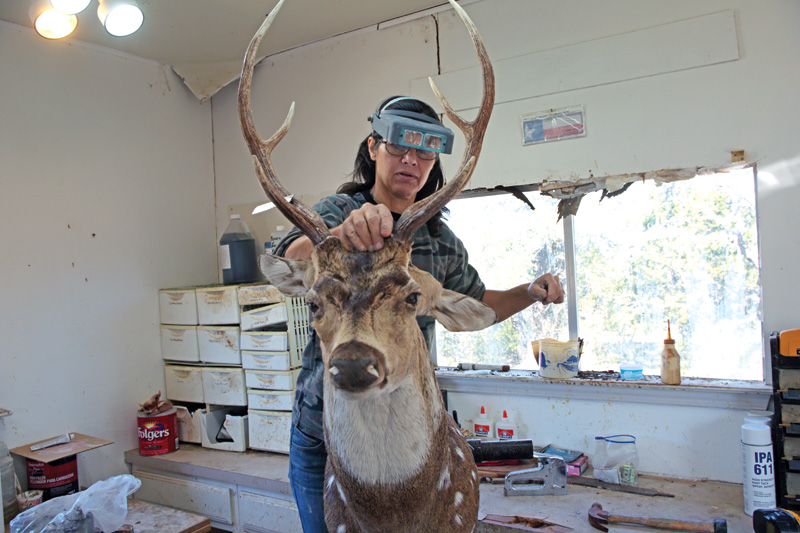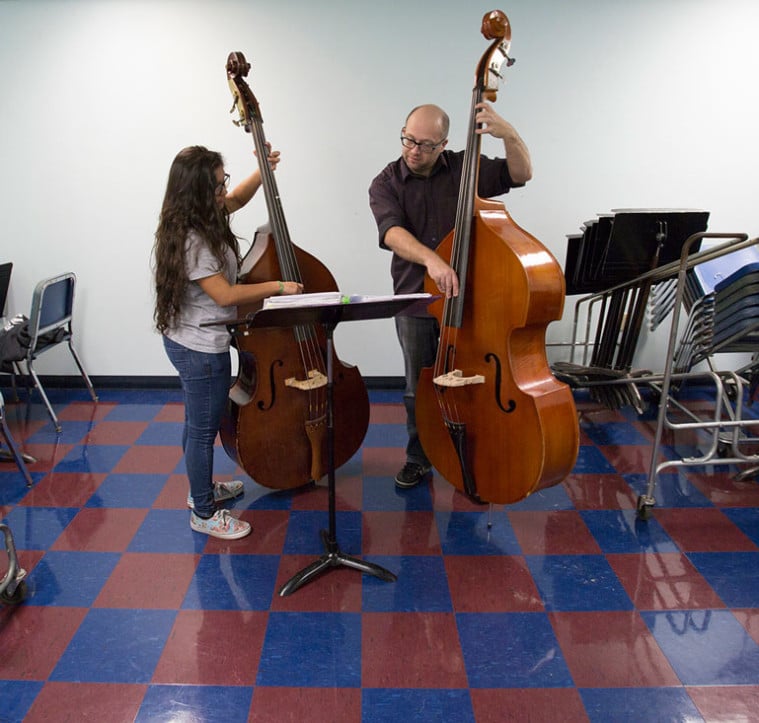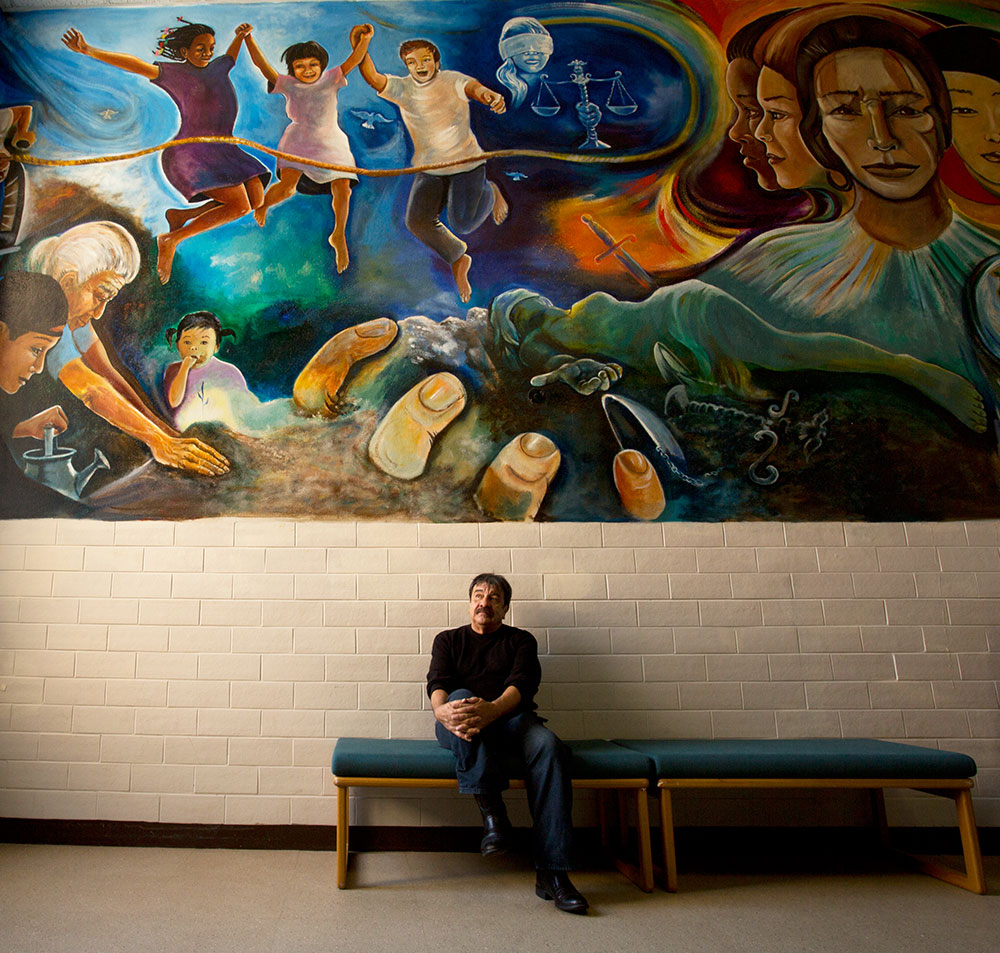
Direct Quote: Bodies of Work

Above: Evelyn Billington
Evelyn Billington is a 50-year-old certified taxidermist. Born and raised in Germany, she met and married a U.S. military man at age 18 and moved with him to Killeen, where she worked as a police officer before becoming a taxidermist. She and her current husband, Mike, own and operate Billington Ranch Taxidermy near Georgetown. She is also a singer, songwriter and yodeler.
“Two of my fellow officers were taxidermists, they had a shop on the side, so I started working part time with them before starting my own business. I had always been interested in that kind of stuff, ever since I was a kid.
“I was 3 when I was adopted. We lived in a small village and it was surrounded by forest, so I can remember as early as age 6 running through the woods trying to find dead animals so I could bury them and dig them up later. I read in books that archaeologists would dig up bones and put them back together and I thought, ‘Let me try and see if that works.’
The Texas Observer visits Billington Taxidermy
“My first animal was a mole. My dad accidentally killed it when he was working in the garden, so I put it in an empty can and buried it. I put a little cross as a marker so I would find it and a few months later I started digging. I kept that skeleton for a long time. I was always a little scientist. I’m sure my parents wondered if I was going to turn into a mass murderer.
“We mount a lot of different kinds of animals here. I skin them and salt them to get all the moisture out and then [the hides are] pretty hard. They get boxed up, shipped off to the tannery, and when they come back they have very soft fur with leather on the inside. Then I re-soak them in warm water so I can stretch them back out to mount them.
“All the bones are gone, we use polyurethane forms. They’ve gotten very advanced in taxidermy these days, they’ve got some great forms, but you still have to do some clay work. Every animal is different, just like humans. We rebuild muscles and facial features. I’ve mounted hundreds of bobcats and no two of them ever have the same face.
“Most skull mounts are done with maceration. I’ll remove some of the biggest parts of meat and put [the skull] in my soaking tubs with my special brew—I call it my witch’s brew. Most deer skulls I do by maceration, but anything larger is done first with beetles.
“Beetles alone on bigger skulls will never do a good-enough job, but they’re really handy to start the process. On really tiny skulls like little birds or mice or lizards, I use only beetles. They work so quickly that within 24 hours the skulls are spotless. I bag the skulls, because the heat and moisture that gets trapped attracts the beetles. We’re lucky we live out in the country, because I can get as many beetles as I want. All I have to do is put out a fresh skull in a dark place, cover it up for 24 to 48 hours, and I have every beetle in the neighborhood there. They come when I need them and they just disperse back into nature when they’re done. Then [the skull] goes in a bleaching bath for 24 hours, and then it sits out in the bright sun for two to three days. The skulls come out nice and white.
“There’s nothing we can’t do. The ones I would say require the most experience are probably the African [animals]. First of all we don’t have a carcass, and the way that hides are taken care of over there is much less high-standard than what we do over here. They’re cut up, they’re shot up, and that’s where it becomes so important to listen to what the hide tells you. The hide tells you where there were muscles and wrinkles and things going on that the form will never tell you. It’s important to listen to the hide and learn how to rebuild and recreate this animal the way it really was when it was alive.”
Interview has been edited and condensed.
To support journalism like this, donate to the Texas Observer.

